Top 12 Unexpected Costs Americans Face Traveling Abroad

Planning a trip abroad can be thrilling, but many Americans get caught off guard by hidden expenses that aren’t part of their original budget. These surprise costs can quickly add up, turning your dream vacation into a financial headache.
I’ve learned from experience that knowing what to expect can save you from painful money shocks and help you enjoy your international adventures to the fullest.
1. Bathroom Fees in Europe

Most public restrooms across Europe charge entry fees ranging from €0.50 to €2. I was shocked during my first trip to Germany when an attendant blocked the bathroom door until I paid up! This expense adds up quickly, especially for families.
Pack plenty of small change in the local currency for these unexpected pit stops. Some savvy travelers map out department stores or fast-food chains that offer free facilities. If you’re staying in one city for several days, consider buying day passes to museums which often include bathroom access.
2. Foreign Transaction Fees on Credit Cards

Did you know your credit card might be silently charging you an extra 3% on every purchase abroad? These hidden fees quietly drain your vacation budget without announcing themselves on receipts.
Before your trip, call your bank to understand exactly what they charge for international purchases. Many travel-oriented credit cards now offer zero foreign transaction fees as a selling point. If your current cards charge these fees, consider applying for a travel-friendly alternative about three months before your departure date.
3. Tourist Tax at Hotels
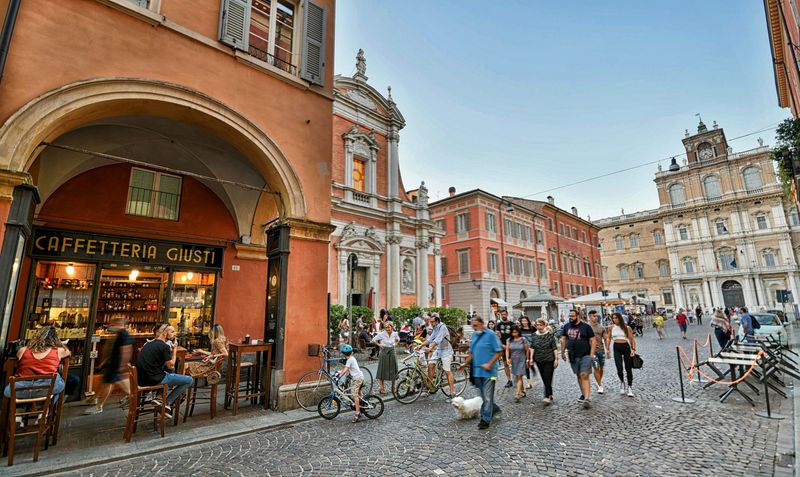
You’ve already paid for your hotel online, but surprise! Many countries charge additional tourist taxes collected at check-in or check-out. These fees typically range from €1-7 per person per night depending on the destination and hotel rating.
Cities like Amsterdam, Barcelona, and Venice are known for substantial tourist taxes. What makes this tricky is that these fees aren’t always mentioned when booking online. I always budget an extra $10-15 per night for these unexpected charges and ask about them when confirming reservations to avoid checkout surprises.
4. Currency Exchange Rate Markups
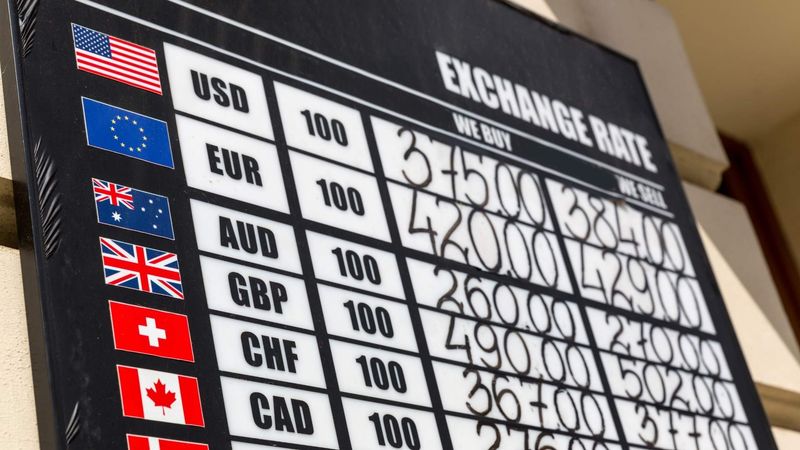
Exchange booths advertising “No Commission” are often the most expensive places to get local currency. Their profit comes from offering terrible exchange rates, sometimes 10-15% worse than actual market rates!
I learned this lesson after losing nearly $50 exchanging money at an airport kiosk in London. ATMs typically offer much better rates, though they may charge a small fee. Before your trip, research which bank partnerships might waive ATM fees abroad.
For large purchases, credit cards with no foreign transaction fees usually provide the best exchange rates, often within 1% of the official rate.
5. Unexpected Tipping Expectations

Americans are accustomed to tipping, but other countries have wildly different customs that can catch you off guard. In Japan, tipping is considered rude, while in some European countries, service charges are automatically included but additional tips are still expected for exceptional service.
Research tipping etiquette before arrival to avoid awkward situations. In countries like Italy, you might encounter unexpected “coperto” (cover charges) on restaurant bills that serve as a service fee. Some tour guides in tourist-heavy cities rely almost entirely on tips, expecting 15-20% for their services.
6. Data Roaming and Wi-Fi Charges
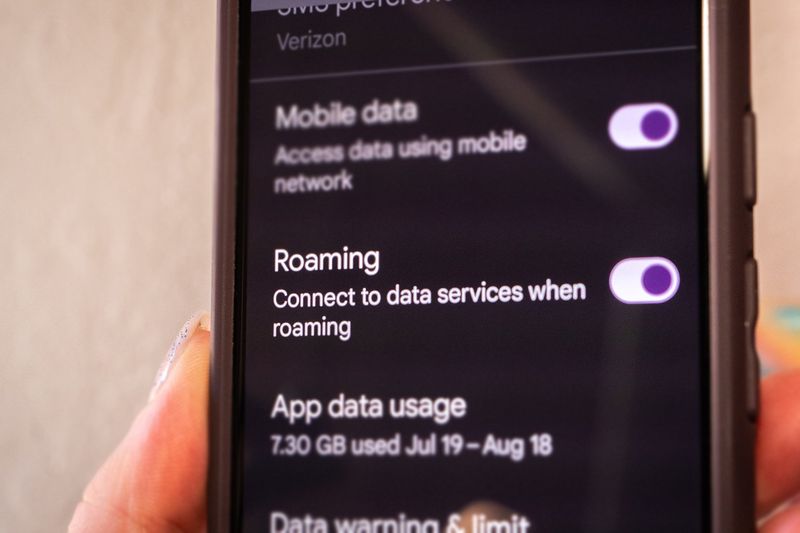
Without proper planning, your phone bill could become the most expensive souvenir from your trip! International data roaming can cost up to $10-15 per day through major carriers, and those “free Wi-Fi” spots at cafés sometimes require minimum purchases.
Contact your mobile provider before traveling to understand roaming options. Many carriers offer international plans that cost less than daily roaming fees. Alternatively, purchasing a local SIM card upon arrival can save substantial money for trips longer than a week.
Remember to download offline maps and travel guides before your journey to reduce data needs.
7. Departure Taxes at Airports
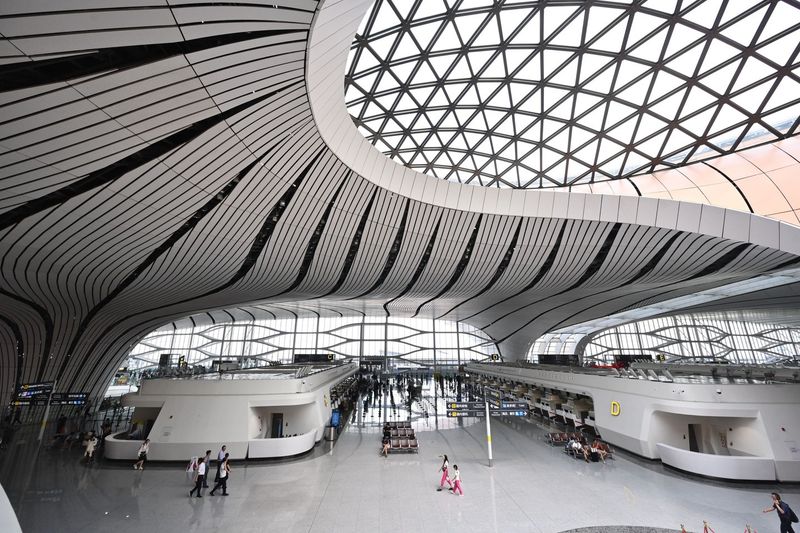
Just when you think your vacation spending is complete, some countries surprise you with departure taxes at the airport. These fees can range from $25 to over $100 depending on the country and are often cash-only requirements.
Countries throughout Latin America and parts of Asia are known for these last-minute charges. While many destinations have begun including these fees in airline ticket prices, some still collect them separately at departure.
I always keep at least $100 in U.S. dollars when traveling to unfamiliar countries just for these unexpected exit fees. Research your specific destination’s policies before packing your bags.
8. Unexpected Visa Requirements
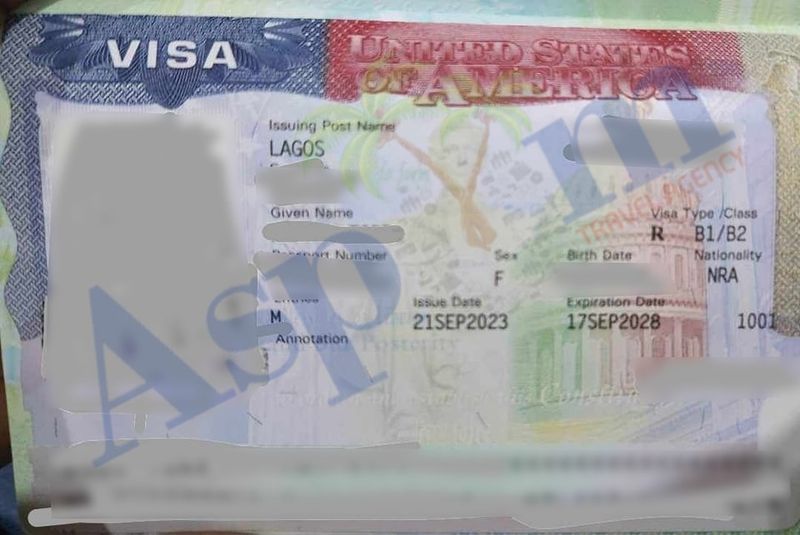
Visa surprises can be costly and stressful! Some countries require visas even for short visits, with fees ranging from $20 to several hundred dollars depending on your destination. Brazil, China, Russia, and India all have substantial visa costs for American travelers.
Many travelers don’t realize that some countries require visas obtained in advance – you can’t just show up at the border! Emergency visa services can cost triple the normal price if you discover this requirement too late.
Always check visa requirements at least three months before travel, as processing times vary widely and last-minute applications often incur rush fees.
9. Premium Pricing for English Menus
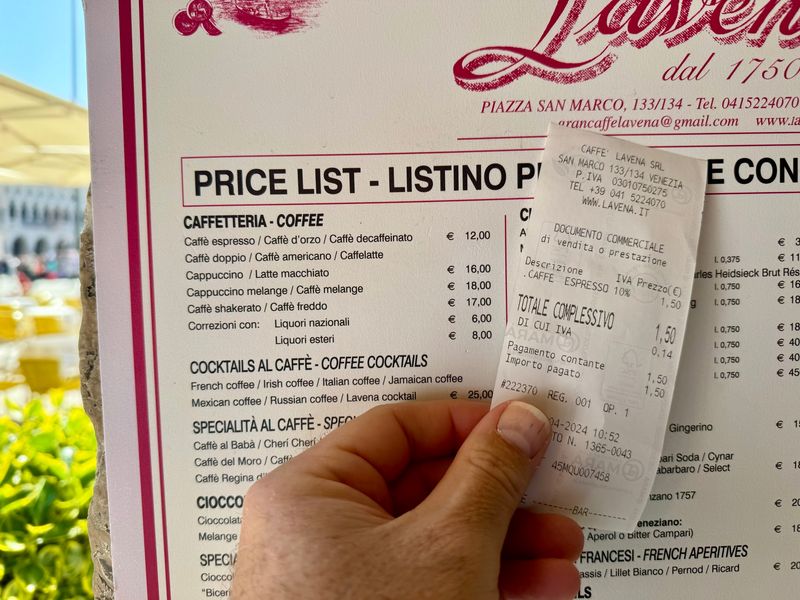
If a restaurant eagerly hands you an English menu, check the prices carefully! Many establishments in tourist areas charge premium prices on their English menus compared to local-language versions – sometimes 20-30% higher for identical items.
This practice is common in popular destinations across Italy, France, and Spain. I’ve saved money by learning basic food vocabulary and pointing to what locals are eating instead of accepting the English menu.
Another trick is to walk a few blocks away from major attractions where prices typically drop significantly. Restaurants with picture menus or “tourist menu” signs often charge the highest markups.
10. Museum and Attraction Surcharges

The base admission fee for attractions is rarely the full cost of visiting. Special exhibitions, audio guides, priority access, and certain sections of museums or historical sites often come with additional charges not mentioned in guidebooks.
At the Vatican Museums, skipping the notoriously long lines costs an extra €16 per person above the standard admission. Even accessing convenient elevators instead of stairs can sometimes incur fees at European monuments!
Research attraction websites directly before visiting and consider city passes for multiple venues. These passes often include priority access and can save money compared to paying individual surcharges at each location.
11. Rental Car Insurance Confusion

Renting a car abroad can unleash a flood of unexpected costs, with insurance being the most confusing. Many countries require insurance coverage that U.S. policies and credit card protections don’t satisfy.
In Mexico, for example, liability insurance is mandatory regardless of your existing coverage. Declining the rental company’s insurance can result in holds on your credit card of $1,000-3,000 as a deposit.
Before renting, contact both your auto insurance provider and credit card company to get written confirmation of your international coverage. Some countries also require an International Driving Permit, which costs about $20 but can result in hefty fines if you’re caught without one.
12. Unexpected Medical Expenses
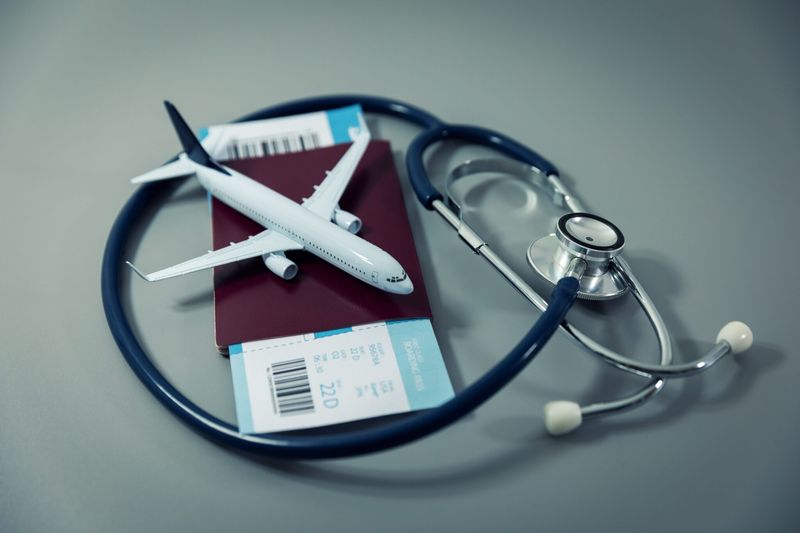
Most American health insurance plans provide limited or no coverage outside the U.S., leaving travelers vulnerable to enormous bills for even minor medical issues. A simple doctor visit could cost hundreds, while serious emergencies requiring evacuation can exceed $100,000.
Travel medical insurance is surprisingly affordable – often $50-100 for a two-week trip – yet many Americans skip this crucial protection. Some countries with universal healthcare still charge non-residents full price for treatment.
Beyond insurance, prescription medications can be either surprisingly expensive or unavailable abroad. I always pack basic medications and carry a doctor’s note for prescription drugs to avoid emergency pharmacy visits.
